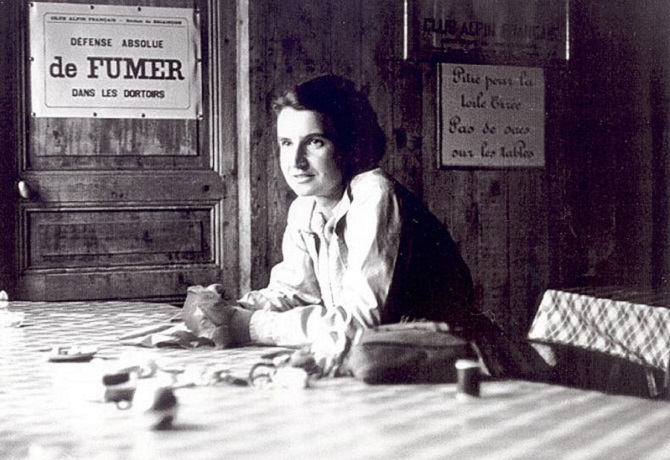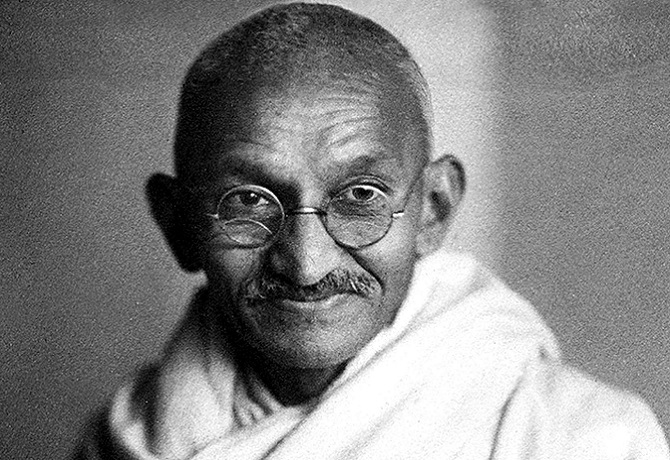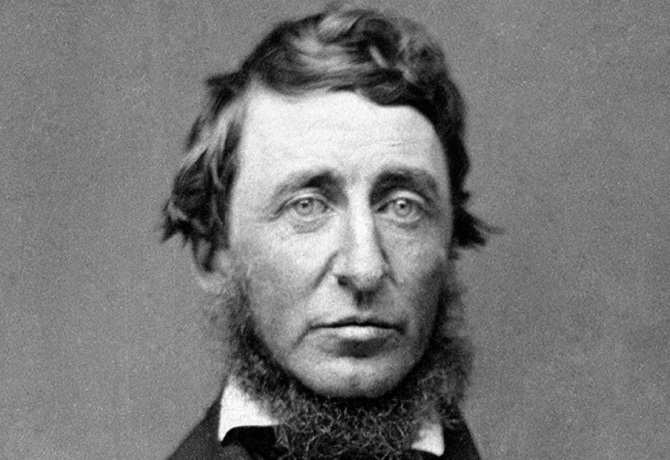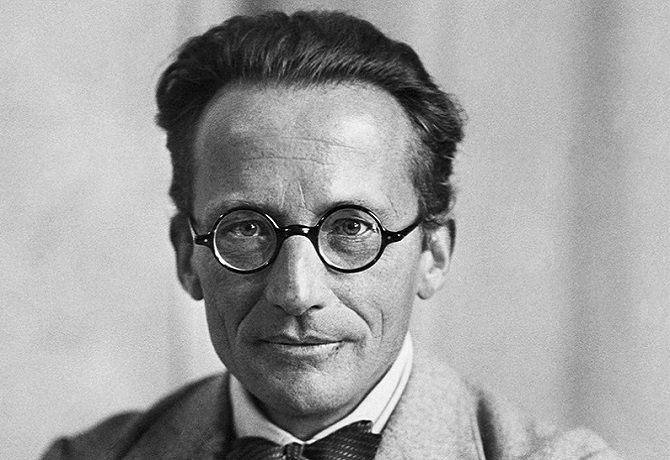Rosalind Elsie Franklin was born on July 25, 1920 to an investment banker father and lawyer mother who were socially well-connected. Rosalind left school in 1938, by which time there was a growing acceptance in the UK that a war with Nazi Germany was likely. Rosalind’s Jewish parents had taken two children fleeing from the Nazi regime into their home. When Rosalind won a university scholarship, she donated it to a refugee student. After three years at Cambridge, Franklin sat her final exams. She graduated with second class honors, a result which disappointed her.
In 1942, in the middle of World War 2, Franklin began working in coal utilization research in London. Franklin showed how to classify coals by their porosity and established how porosity affects fuel performance. In 1947 at the age off 27, Franklin moved to Paris and lived minimal.
In May of 1952, Franklin was directing lab work at King’s College London, when a graduate Raymond Gosling, took a photograph of the way a strand of DNA scatters an X-ray beam. That pattern can reveal important things about the crystal structure of a material, and researchers at the time were trying to figure out the structure of DNA.
Without Franklin’s permission or knowledge, her fellow researcher Maurice Wilkins showed the photograph to James Watson, who used it to develop a model of the chemical structure of DNA. Watson and his research partner Francis Crick published their work in the journal Nature in 1953. Wilkins published his own work in the same issue of the journal – and so did Rosalind Franklin, in a paper co-authored with her graduate student Gosling.
In fact, if not for Franklin’s early death, she might eventually have had two Nobel Prizes. At the time of her death, she was working on the molecular structure of viruses with her colleague Aaron Klug, who received a Nobel Prize for the work in 1982.
The real tragedy of Rosalind Franklin’s life is not that she was robbed of a Nobel Prize; rather, it is science that was robbed of another 20 to 40 years of Franklin’s research presence. She remains an inspiration to many women scientists, myself included, and her work on the structure of DNA is critical to modern molecular biology and genomics research. Without Rosalind Franklin’s groundbreaking work, it may have taken another decade before the double helix structure of DNA had been fully realized.
Book Recommendation- Rosalind Franklin: The Dark Lady of DNA by Brenda Maddox



